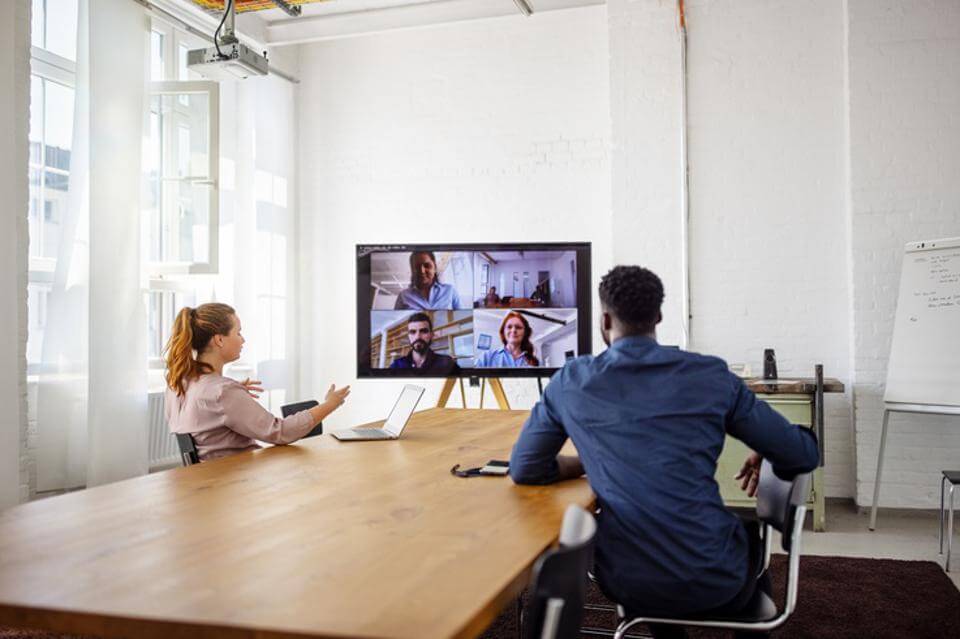One of the biggest challenges of running a small business is protecting yourself from cyber security risks. You might think that only large companies are at risk. In reality, hackers also target small businesses because they have less stringent security measures and are unlikely to detect an attack or recover from it.
Cyber security risks are everywhere, and they’re growing in both number and sophistication. This is why you should safeguard your business against common risks that could cause considerable damage. Hence, hiring a managed IT security service provider like CP Cyber is a worthwhile option.
To protect your business, you should constantly be on the lookout for cyber security risks, which include the following:
1. Outdated Software
Software updates are important because they fix security vulnerabilities, improve performance, and add new features. Many small businesses don’t keep track of their software updates or update them on time. This exposes them to hackers who can exploit known security vulnerabilities in their operating system.
Here’s how software updates work. Technology improves daily, and hackers find new ways to hack into your system. You may think you’re using great software, but hackers eventually learn how to manipulate and access your system. Fortunately, once developers spot the weak link in their software, they make updates for your protection.
If you don’t utilize those updates, your business may become vulnerable to fraudsters who hijack data, payment, and other critical information.
2. Weak Passwords
Weak passwords are a common cause of data breaches. Thus, enforcing a strong password policy is crucial to prevent cyberattacks. Without such a policy in place, employees are likely to use easy-to-guess passwords that give hackers easy access to your systems and networks.
You need to educate your employees on creating and managing strong passwords. A strong password should be unique, not less than eight characters, and not contain any personal information. However, the user should be able to remember it easily and not tape it somewhere on their workstation.
3. Viruses and Malware
Malicious software, commonly called ‘malware,’ includes viruses that can infect your computer, smartphone, tablet, or other devices. Malware can steal personal information (such as credit card numbers), damage your computer’s hard drive or crash it completely, collect data from your web browser (like passwords), or display unwanted advertising on your screen.
To protect your business, you must install antivirus software on your computers and mobile devices. You should also ensure they’re updated or can be automatically updated when there’s a new release. This will make it easier to spot and counterattack new viruses. In addition, be careful of the files you download from the internet. Double-check where you download and ensure it’s from a trusted source.
4. Phishing Scams
Phishing scams are another common cyber security risk for small businesses. Often, phishing targets don’t even know they’ve been scammed until it’s too late.
Phishing refers to any attempt made by an attacker to gather information such as usernames and passwords or any other personal details.
Phishing can be done via email or text message but typically through email because people are more likely to open emails from unknown sources than text and social media messages. However, be wary of grammatical and spelling errors, inappropriate tone, suspicious links or attachments, and spammy look, as these are usually indications of phishing emails.
Some phishing emails create a sense of urgency, like a family emergency. They’re all lies. Ignore them, don’t click on the links attached, as it’ll grant the sender access to your system to steal critical data.
5. Unpatched Mobile Devices
Start downloading antivirus software to protect yourself against mobile threats. Check with your phone provider and ensure they have a scanner that detects malware. You should install any updates as soon as they become available and avoid clicking on links or attachments from unknown sources.
Finally, keep your device up-to-date by regularly updating its operating system. When your devices aren’t protected, anything connected to them becomes vulnerable too. For example, if your smartphone is connected to your work devices, hacking into your phone will give hackers access to your work devices and business data. This has serious consequences, as it could include your customers’ personal details.
Conclusion
The cybersecurity threat is real. You must understand the importance of cyber security and take the necessary steps to protect your website, data, and software. Doing so can help prevent devastating data breaches from affecting your company’s reputation and legacy.








